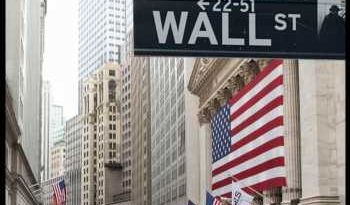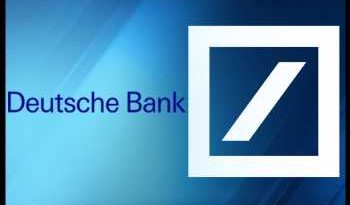Rise in personal loan and overdraft as credit card balances fell
SINGAPORE – Credit card debt is down but personal debt rose in the second quarter with borrowing up sharply among young people especially.
New figures showed that the amount of debt taken on by borrowers in their 20s shot up 19 per cent over the first quarter, likely in response to financial difficulties arising from the pandemic and its lockdowns.
Personal loan and overdraft balances for all age groups have risen but people in their twenties have been taking on markedly higher levels of debt in the form of personal loans since the second quarter of last year.
This has been increasingly made up of secured personal loans while unsecured personal loan balances fell.
Secured personal loans were up by 11.27 per cent in the second quarter while unsecured personal loans fell by 6.49 per cent, said the Credit Bureau Singapore (CBS) on Thursday (Sept 9).
The CBS Consumer Credit Index report now available on the CBS website combines both unsecured and secured personal loans, overdrafts and credit card spending in reporting average consumption balances.
Borrowing limits have been capped here since 2015 to help keep unsecured debt in check.
Experts said unemployment and lower earnings could have driven young adults with fewer resources to try to borrow their way out of the crisis.
Professor Sumit Agarwal of National University of Singapore Business School noted that these are difficult times, especially for younger individuals who may face uncertain job prospects.
Prof Agarwal said it does not make much difference whether a personal loan is secured or unsecured although secured loans may seem to be of lower risk as they would have collateral pledged and interest rates tend to be lower.
“It’s still a loan and consumers would eventually have to pay (it) back,” he added.
But he did note that borrowers in a broader sense, are behaving rationally by taking out personal loans and overdrafts to maintain their lifestyles given interest rates are low. Cutting down their spending would also hurt the economy.
He added: “Even during the peak of the Covid-19 crisis, unemployment rate was around 5 per cent. Consumers realise that unemployment rate will go down in a year and they will get a job to pay off their debt.”
Prof Agarwal does not feel the debt figures are a cause for worry, unless the unemployment situation is prolonged.
OCBC Bank chief economist Selena Ling told The Straits Times last month that the impact from rising personal debt among younger people will depend on when things turn around.
“My guess is that temporary employment opportunities, especially for the young, may be more limited given the Covid-19 pandemic. This may be due to periodic bouts of tightening of restriction measures with the uptick in Covid-19 cases,” she said.
“If subsequently they can find permanent jobs, then they can pay off the debts. But if the duration is extended, then loan delinquency or default rates may rise.”
The average personal loan and overdraft balances for borrowers from 21 to 29 years old shot up to $59,141 in the second quarter from $49,689 in the previous three months and about 82 per cent higher than the average of $32,425 in the first quarter of last year.
There were 164,779 unsecured borrowers of credit cards, overdrafts and personal loans in the 21 to 29 age group as at July this year, down from 173,922 borrowers last July.
The number of unsecured loan holders across all age groups was 2,008,418 as at July, compared with 1,991,084 in the same month last year.
New credit applications for personal loans saw the highest increase of 10.4 per cent compared with a 6.5 per cent rise for overdrafts, 0.93 per cent for mortgage loans and 0.49 per cent rise for credit cards.
Applications for new motor vehicle loans dipped 10.8 per cent in the second quarter over the first.
CBS data showed that the personal loan delinquency rate for borrowers under 30 fell from 4.55 per cent in the first quarter to 4.28 per cent in the second while the overdraft delinquency rate rose from 4.35 per cent to 4.52 per cent.
The rate refers to the percentage of borrowers with payments 30 days or more overdue.
Join ST’s Telegram channel here and get the latest breaking news delivered to you.
Source: Read Full Article


